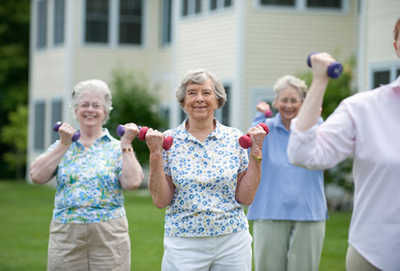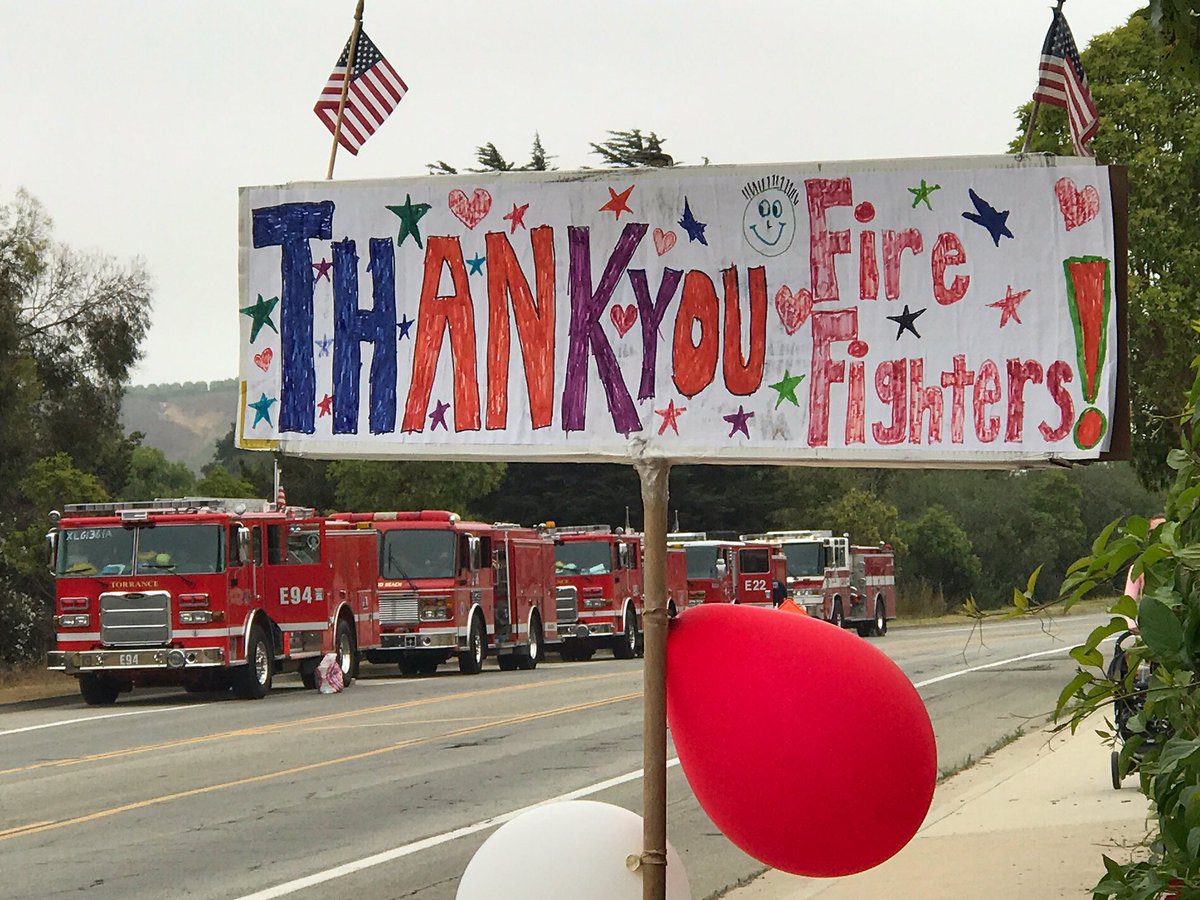Exercise can help beat osteoporosis
By James Riley
An estimated 54 million American men and women age 50 or older have osteoporosis, a skeletal disease that involves decreased bone mineral density.
The disease results in frail bones that may easily fracture, causing pain, disability and possibly death.
Weakened bones tend to heal more slowly and poorly as there is less bone matter present. Women are more often diagnosed (75 percent) than men (25 percent) but both sexes are susceptible.
It is recommended that people over 50 receive a DXA scan (dual-energy X-ray absorptiometry imaging), which is a common, reasonably priced bone density test to determine the risk for osteoporosis.
Primary Type I (postmenopausal) osteoporosis is the most common type and features trabecular (spongy) loss of bone. Women are eight times more likely to get the primary type due to hormonal changes and smaller bone structure on average. As we age, bone loss occurs naturally after menopause in women and after age 50 in men.
Senile (Type II) osteoporosis usually occurs after age 70 and results in both cortical (hard) bone loss and spongy bone loss. Women are twice as likely to have the Type II variety.
Osteoporosis should be diagnosed by a doctor. It generally follows two courses of therapy — the medical and dietary course and the weight-bearing exercise course.
The medical and dietary courses should be led by a physician and dietitian. This usually involves prescription medications and supplementation as well as dietary changes. The medical and dietary treatment of osteoporosis is important but is beyond the scope of this article. I mention it to accentuate its importance.
Weight-bearing exercise is a common recommendation for the prevention and treatment of osteoporosis.
Research indicating the benefits of a comprehensive exercise program that focuses on posture, basic movement skills and weight-bearing exercise as treatment for osteoporosis has accumulated over the past 20 years.
It has been demonstrated that weight-bearing exercise coupled with quality movement can slow bone loss and may even increase bone density, thus slowing or alleviating the course of the disease.
The basic rule of training is, “Our body responds to the stress we put upon it”. If we put posturally aligned stress upon the bones, especially the larger bones, they respond by becoming stronger and denser as stress communicates the need.
If we don’t perform weight-bearing exercise, the body perceives little need for dense bones and they become weaker. We really do “use it or lose it.”
Before beginning an exercise program you should get the recommendation of a doctor and bring the medical information regarding the severity of your condition, the medications you take and a physical limitations to your qualified trainer or physical therapist.
For seniors an osteoporosis exercise program should include brisk walking, including some hills, as walking is weight-bearing exercise and including hills will increase weight-bearing intensity.
Other exercises such as lunges, body-weight squats, push-ups, supine hip lifts and planks all support bone-density stimulation and suffice for a beginning program.
Over time gradually add weightlifting in the form of squats or lunges, pulls, presses and carries. It is recommended a trainer be consulted to teach the exercises, the proper loads and repetitions within your abilities and tolerances. The trainer should also help you with the quality of the exercises, which is more important than the quantity.
An exercise program should become a regular part on your lifestyle. Performed regularly, it may contribute significantly to alleviating osteoporosis.
In addition to the formal workout, moving often throughout the day provides additional weight-bearing stress and also stimulates many other fitness benefits. We are designed to thrive on movement. We are not meant to be sedentary.
James Riley of Solvang is a certified strength and conditioning coach and a level-one Olympic Lifting Coach. He holds a B.A in physical education, M.A. in psychology and a doctorate in education.







